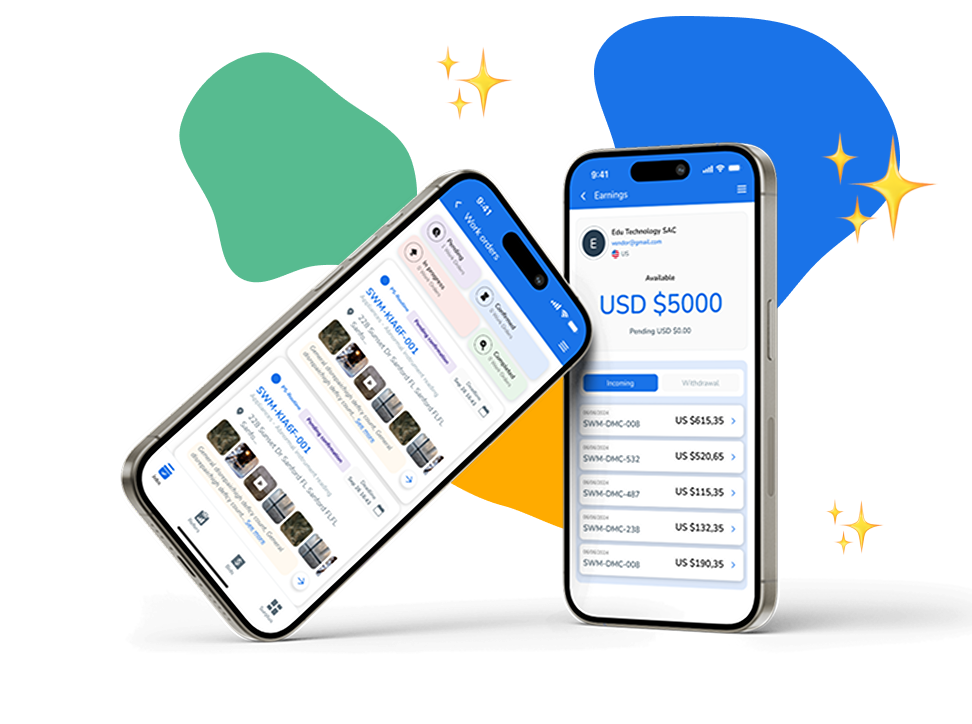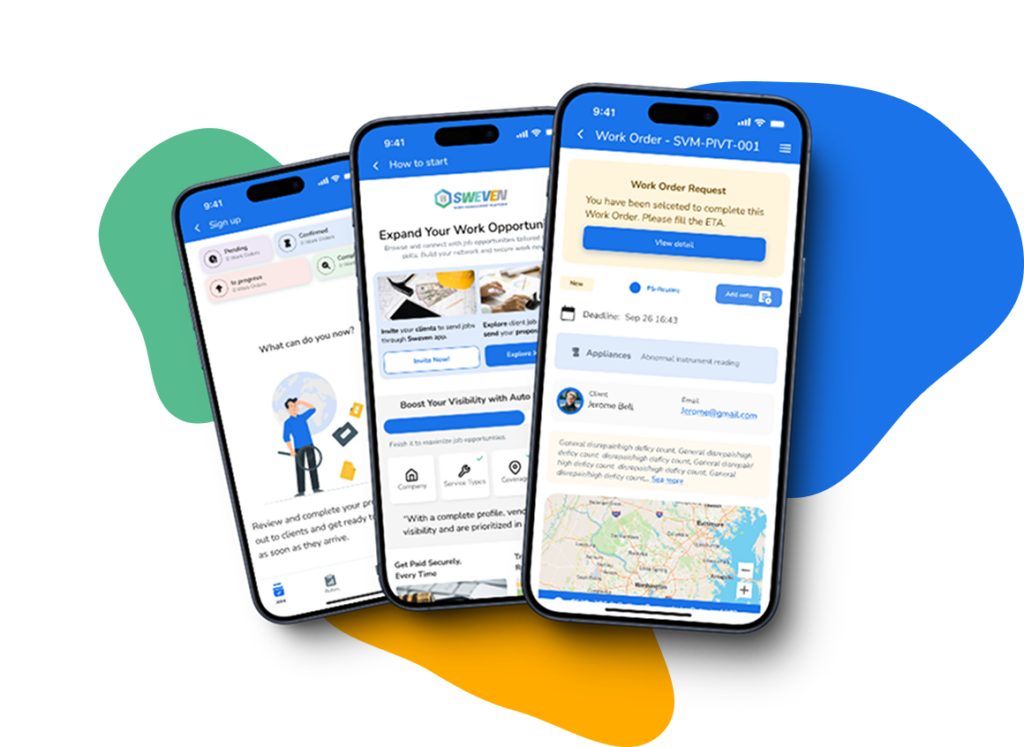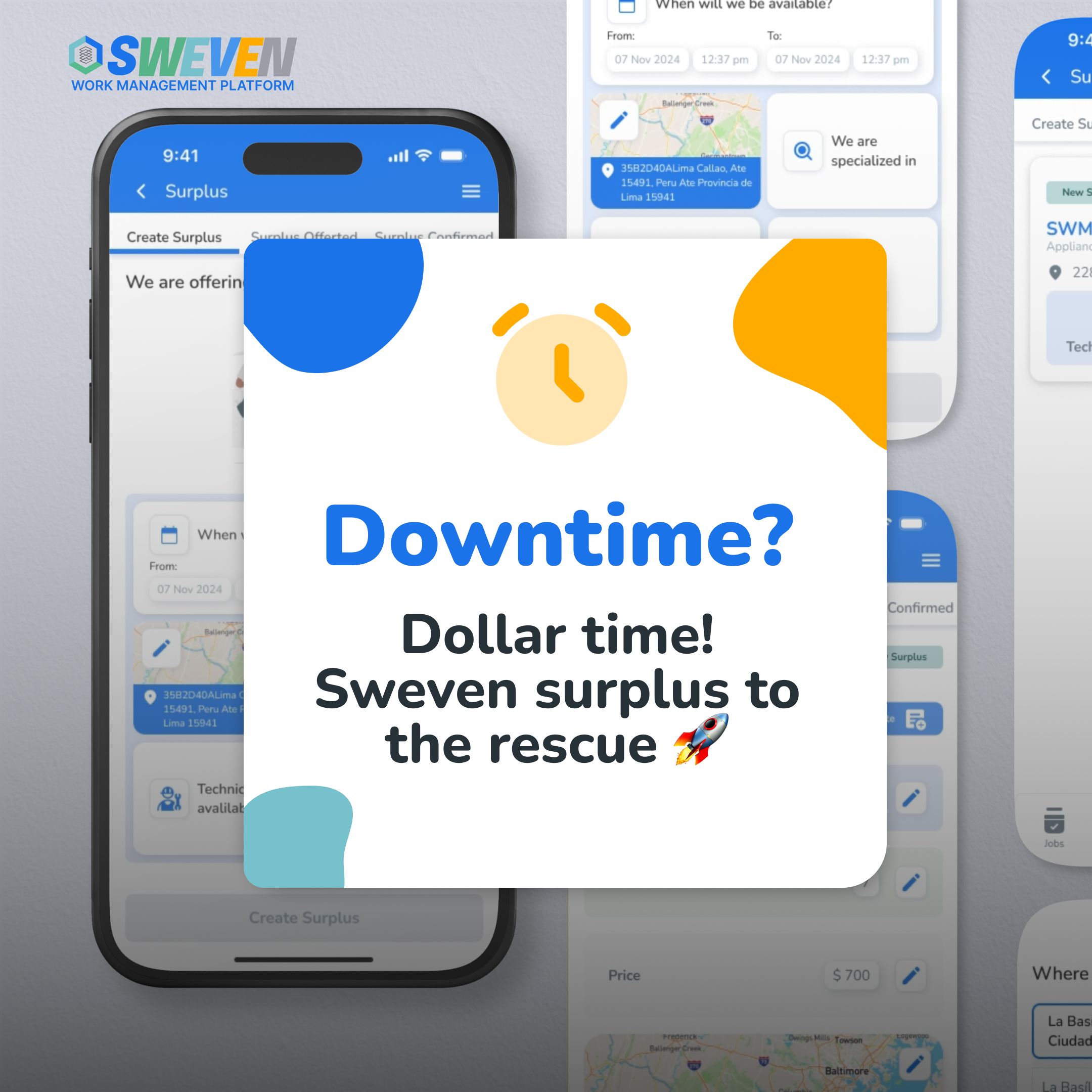Introduction:
Vendor performance monitoring is a critical aspect of effective vendor management, ensuring that vendors consistently meet quality, delivery, and service level agreements. However, for vendor managers, the task of tracking key performance indicators (KPIs), addressing issues, and holding vendors accountable can be time-consuming and resource-intensive. In this blog, we delve into the challenges faced by vendor managers in monitoring vendor performance and explore strategies to streamline this process for improved efficiency and effectiveness.

The Challenge of Continuous Monitoring:
Once vendors are onboarded, the responsibility shifts to vendor managers to ensure ongoing compliance and performance. This entails tracking a multitude of KPIs, ranging from product quality and delivery timeliness to customer satisfaction metrics. However, manual tracking processes, disparate data sources, and lack of real-time visibility often hinder the ability of vendor managers to monitor performance comprehensively and proactively.
Addressing Issues on time:
Inevitably, issues will arise during vendor engagements, whether it’s a quality defect, delivery delay, or service outage. The challenge for vendor managers lies in promptly identifying and addressing these issues to minimize their impact on operations and customer satisfaction. However, without robust monitoring mechanisms and effective communication channels in place, resolving issues can become a time-consuming and reactive process, leading to dissatisfaction among stakeholders.
Holding Vendors Accountable:
Accountability is paramount in vendor management, as vendors must be held accountable for meeting their contractual obligations and delivering value to the organization. Yet, enforcing accountability requires clear performance metrics, transparent communication, and mechanisms for recourse in the event of non-compliance. Vendor managers often struggle to strike the right balance between fostering positive vendor relationships and holding vendors accountable for their performance shortcomings.
Strategies for Streamlining Vendor Performance Monitoring:
Define Clear Performance Metrics: Establish clear and measurable KPIs aligned with organizational goals and objectives to provide vendors with a clear understanding of performance expectations.
Implement Automated Monitoring Systems: Invest in vendor management software or platforms that automate data collection, analysis, and reporting, providing vendor managers with real-time visibility into performance metrics.
Proactive Issue Identification: Implement proactive monitoring mechanisms, such as automated alerts and thresholds, to identify performance issues before they escalate, enabling timely intervention and resolution.
Streamlined Communication Channels: Foster open and transparent communication channels between vendor managers and vendors to facilitate timely feedback, address concerns, and collaborate on problem-solving.

Regular Performance Reviews: Conduct regular performance reviews with vendors to discuss performance against KPIs, identify areas for improvement, and develop action plans for remediation.
Establish Escalation Procedures: Define clear escalation procedures for addressing performance issues that cannot be resolved through regular channels, ensuring swift resolution and accountability.
Continuous Improvement Culture: Foster a culture of continuous improvement within the vendor management function, encouraging feedback, learning, and adaptation to drive enhanced vendor performance over time.

Conclusion:
Vendor performance monitoring is a critical function in vendor management, ensuring that vendors meet quality, delivery, and service level agreements consistently. While challenges abound, vendor managers can overcome these obstacles by implementing streamlined processes, leveraging technology solutions, and fostering collaborative relationships with vendors. By adopting proactive strategies outlined in this blog, vendor managers can enhance the efficiency and effectiveness of their vendor performance monitoring efforts, ultimately driving greater value and success for their organizations.
















